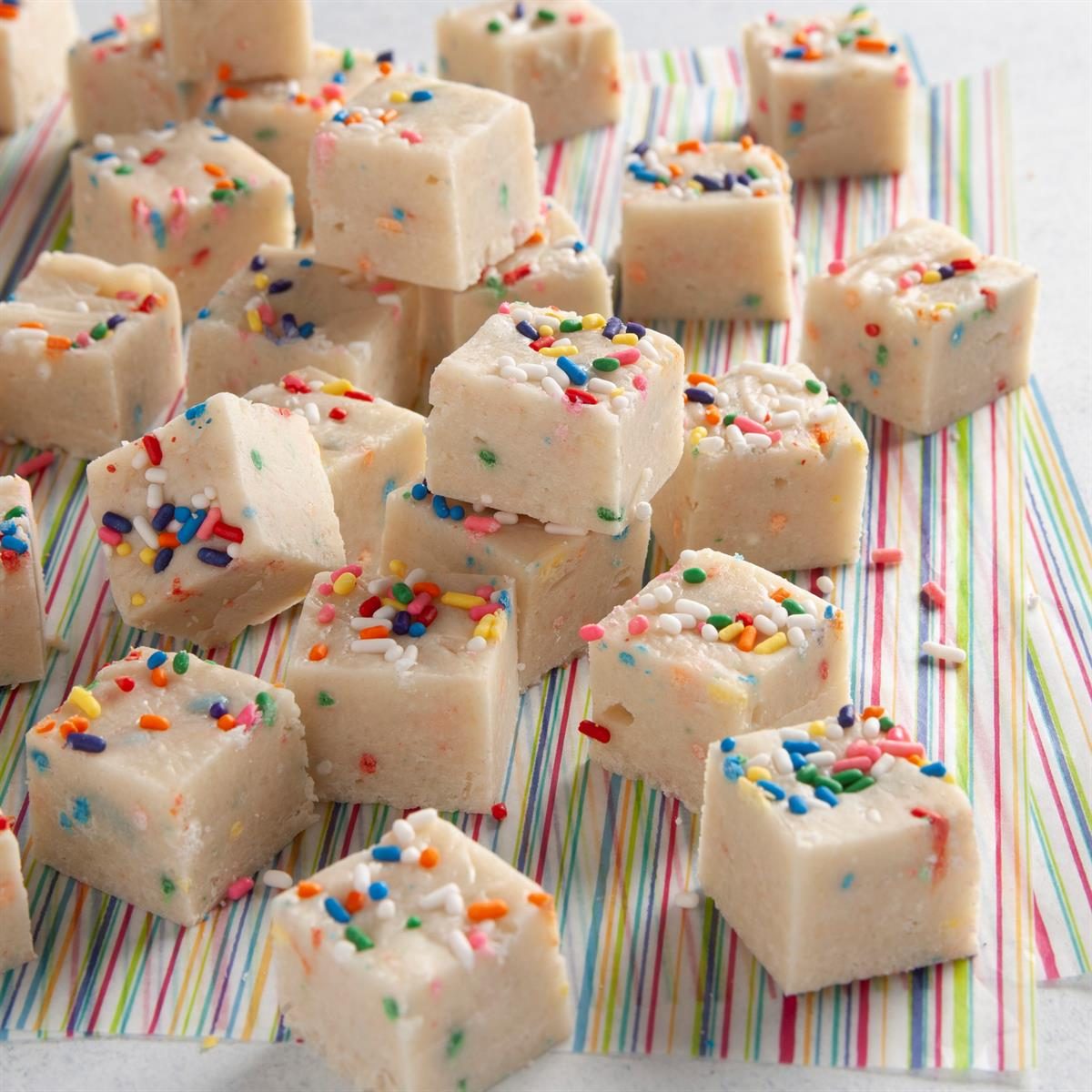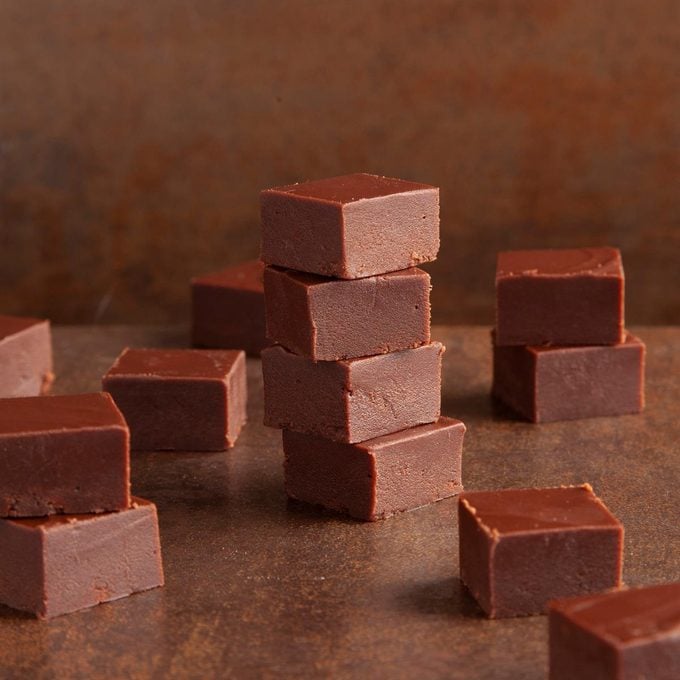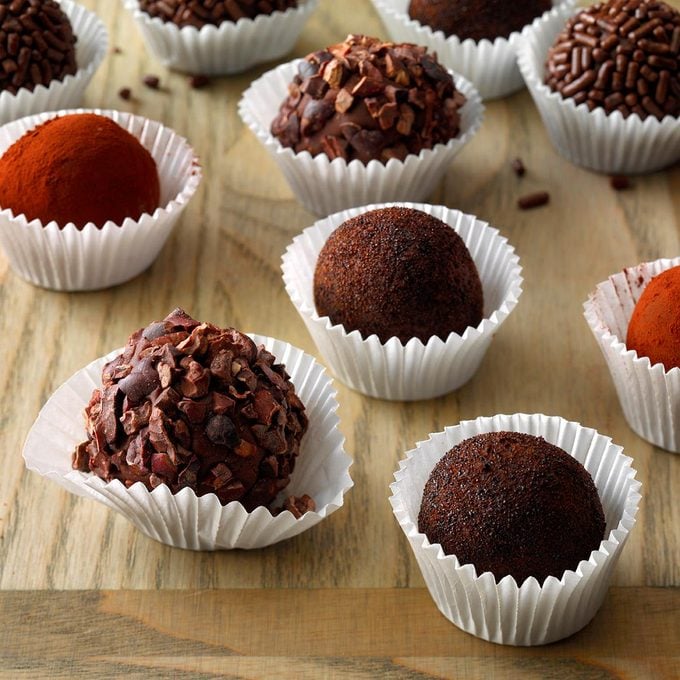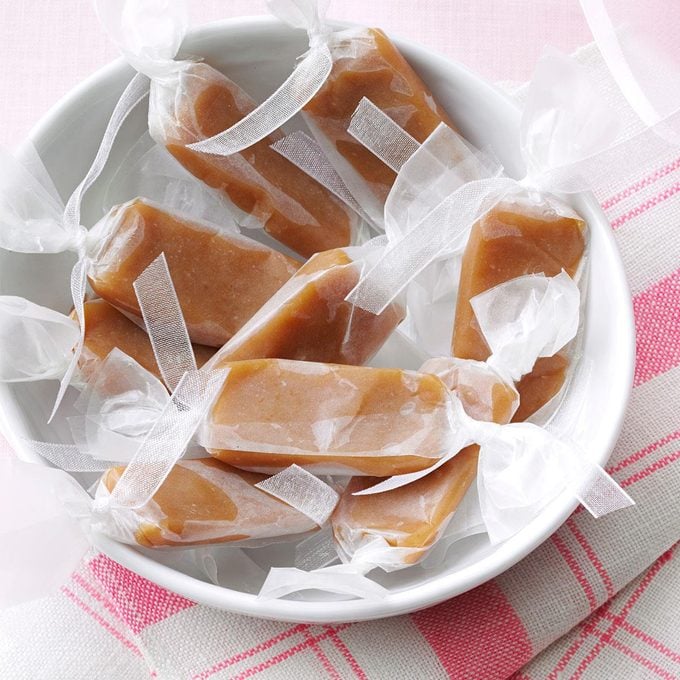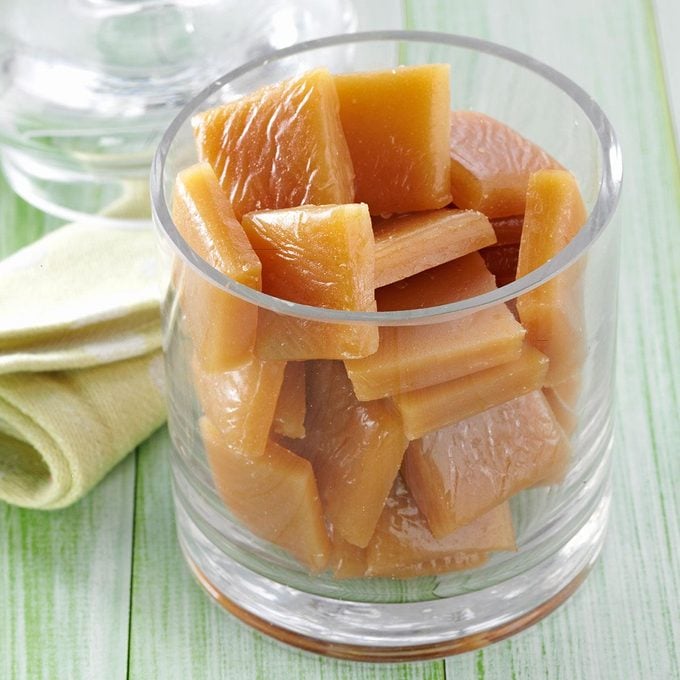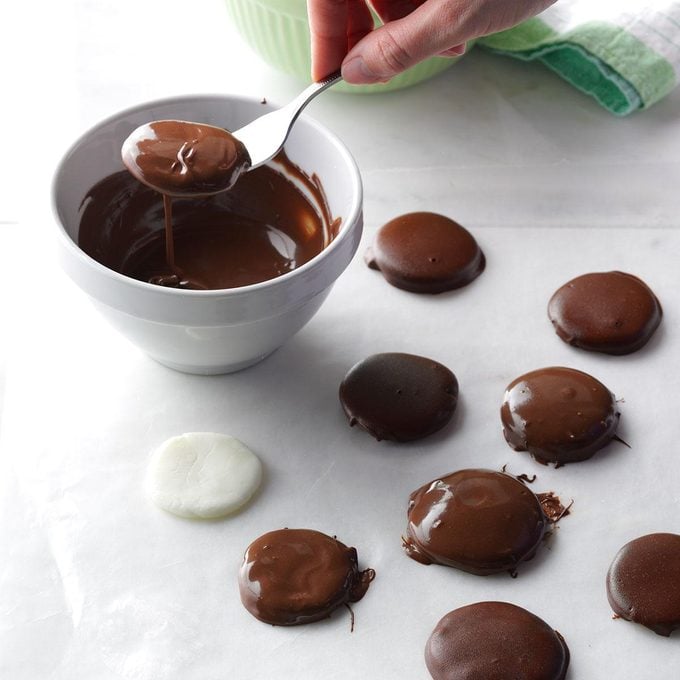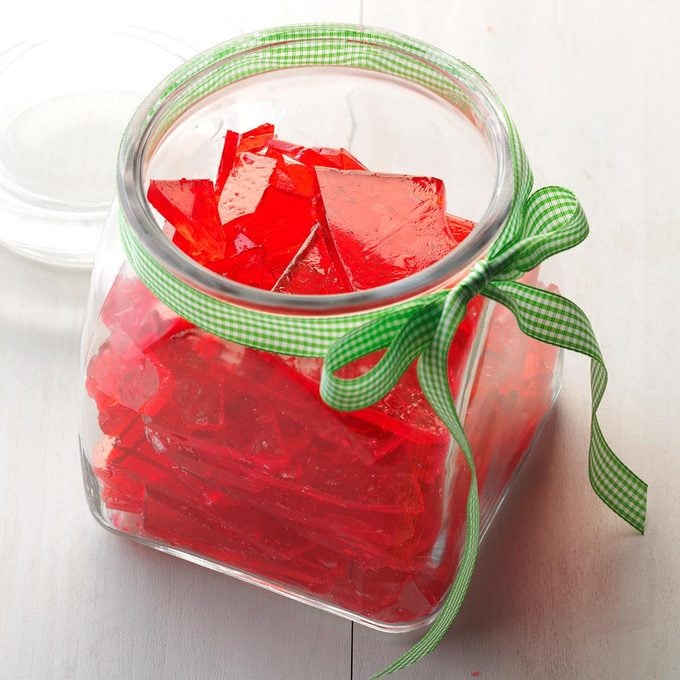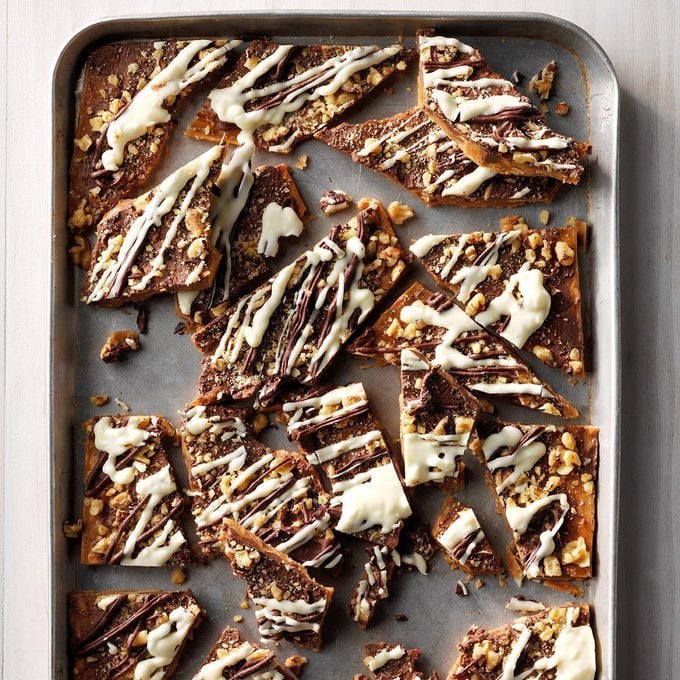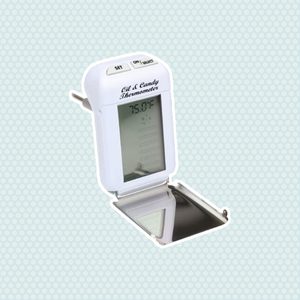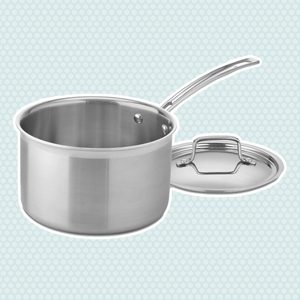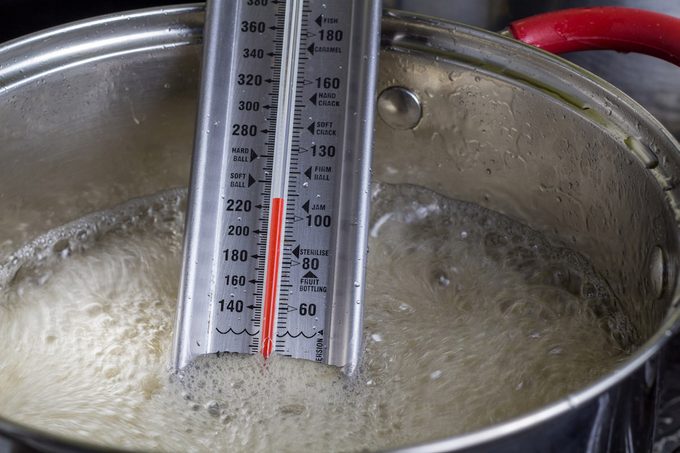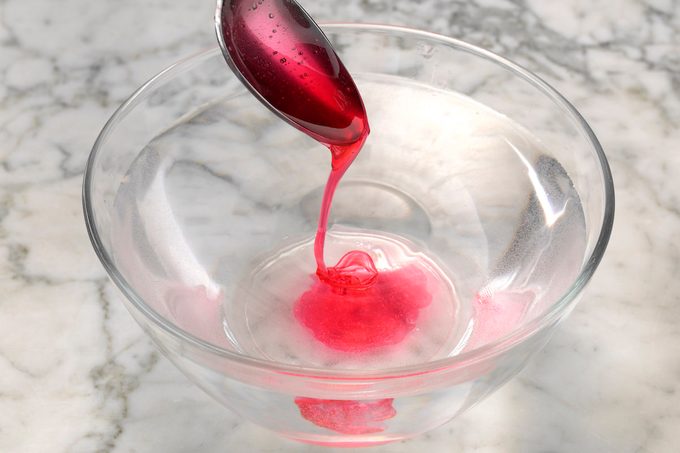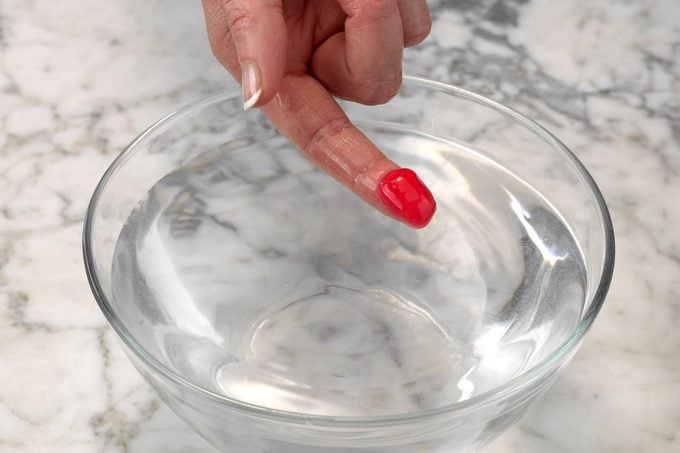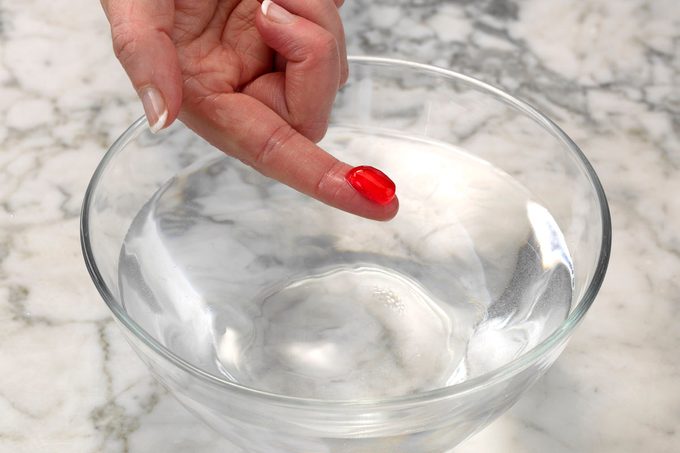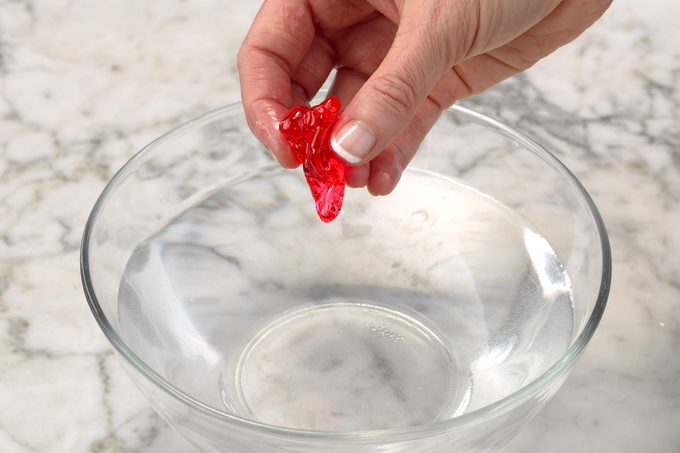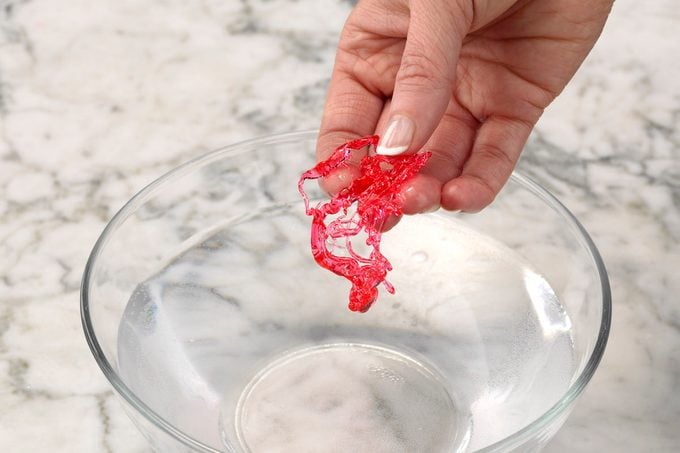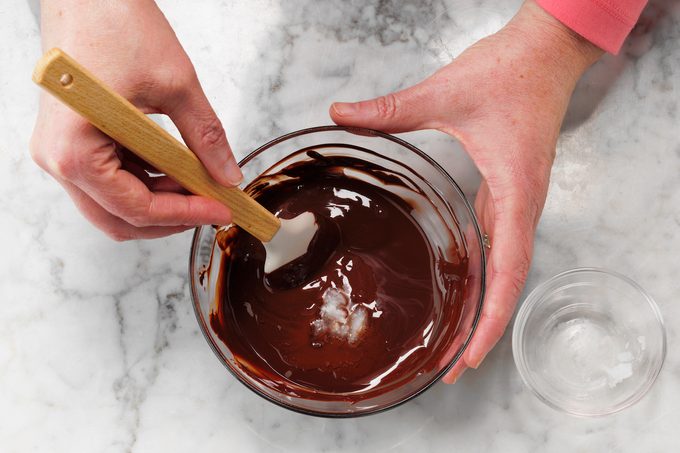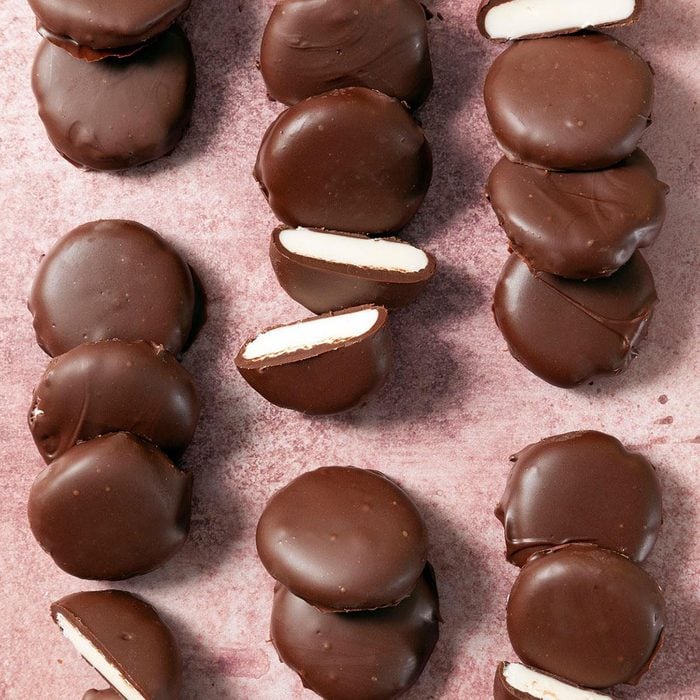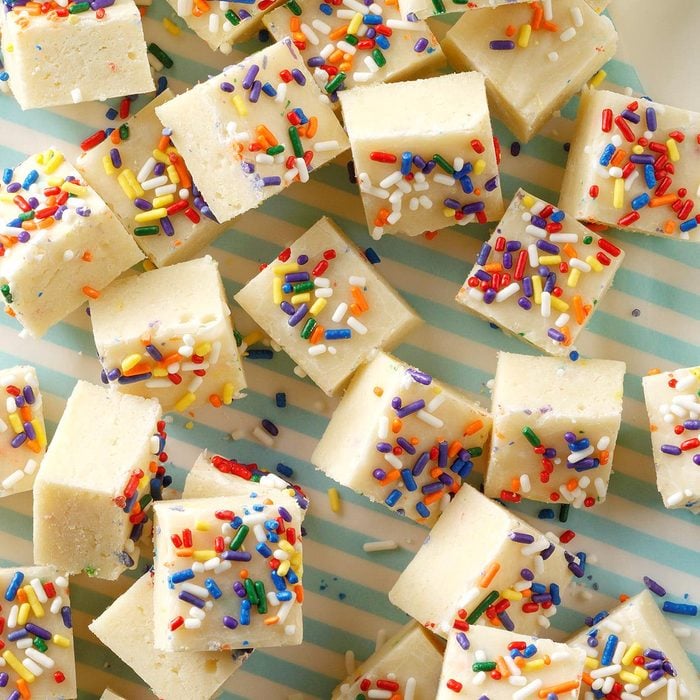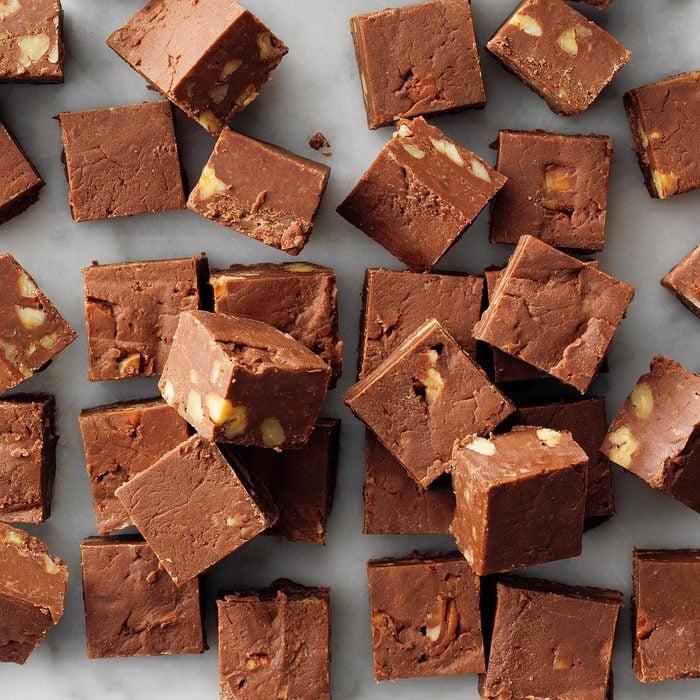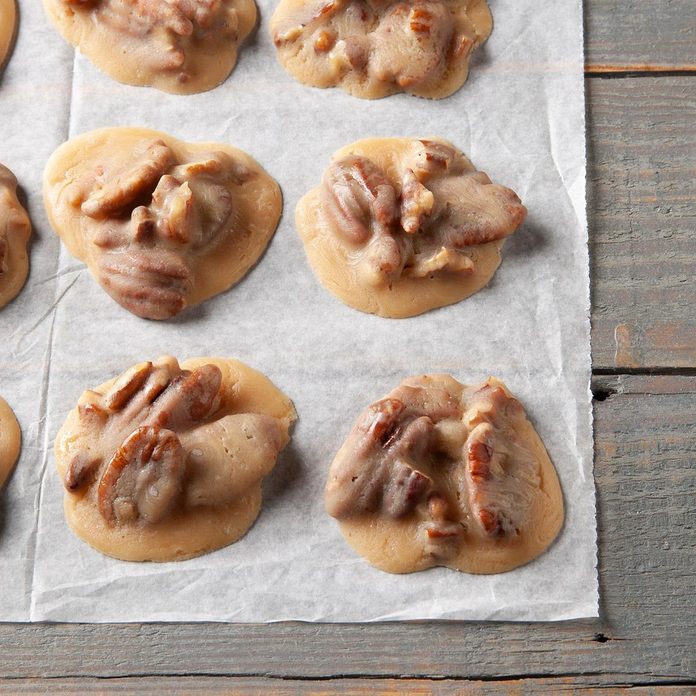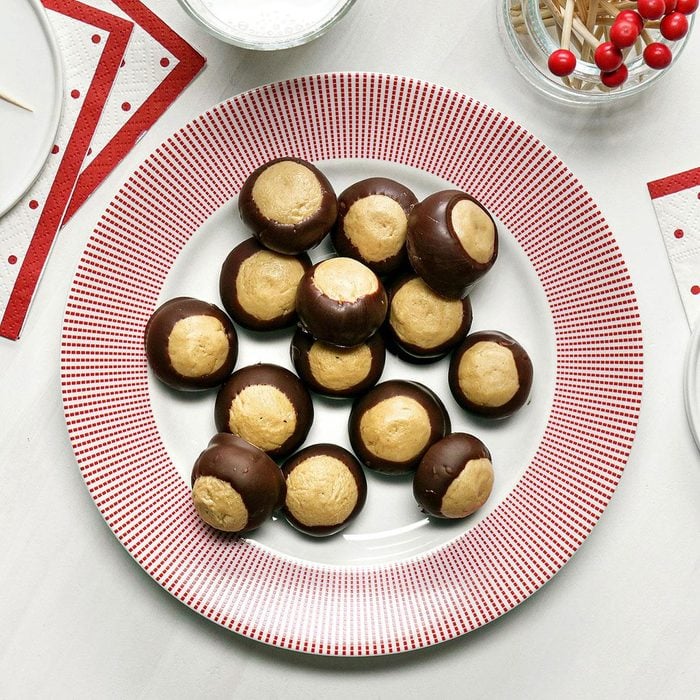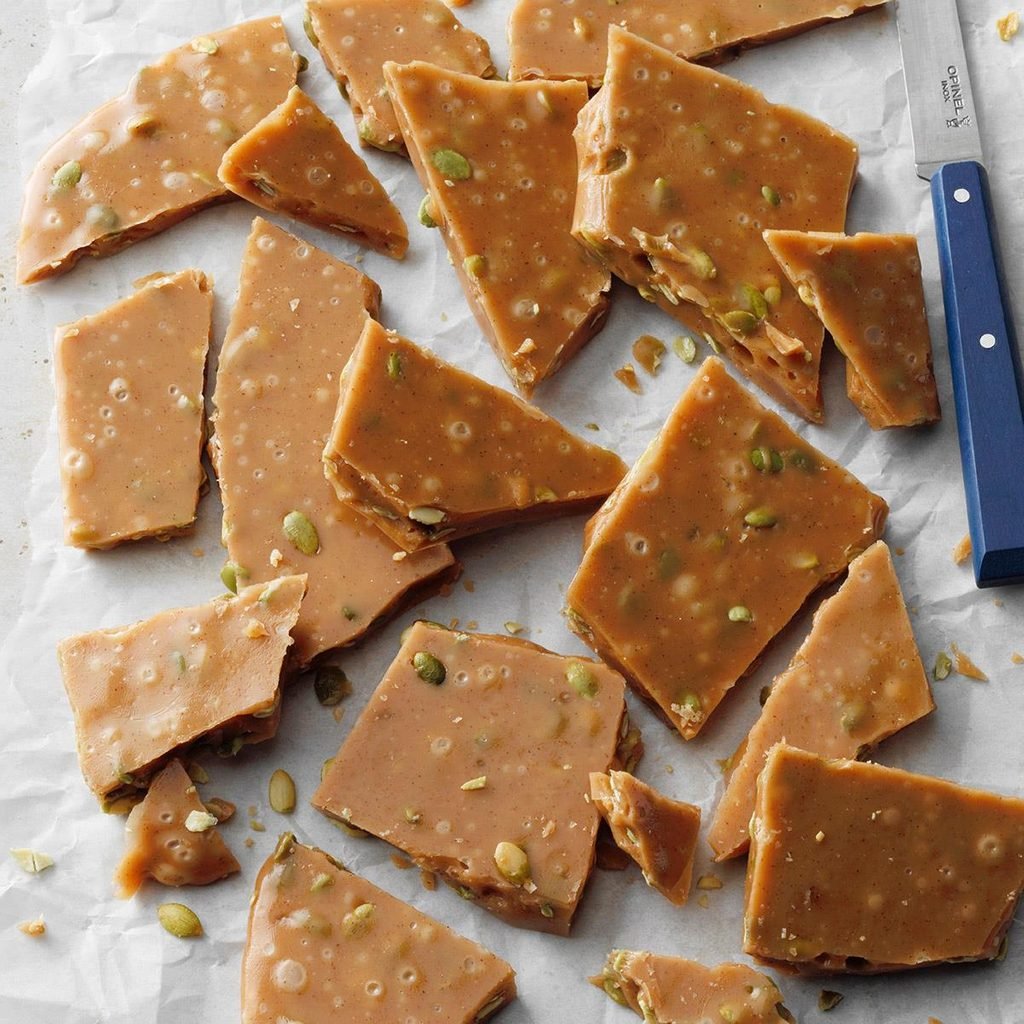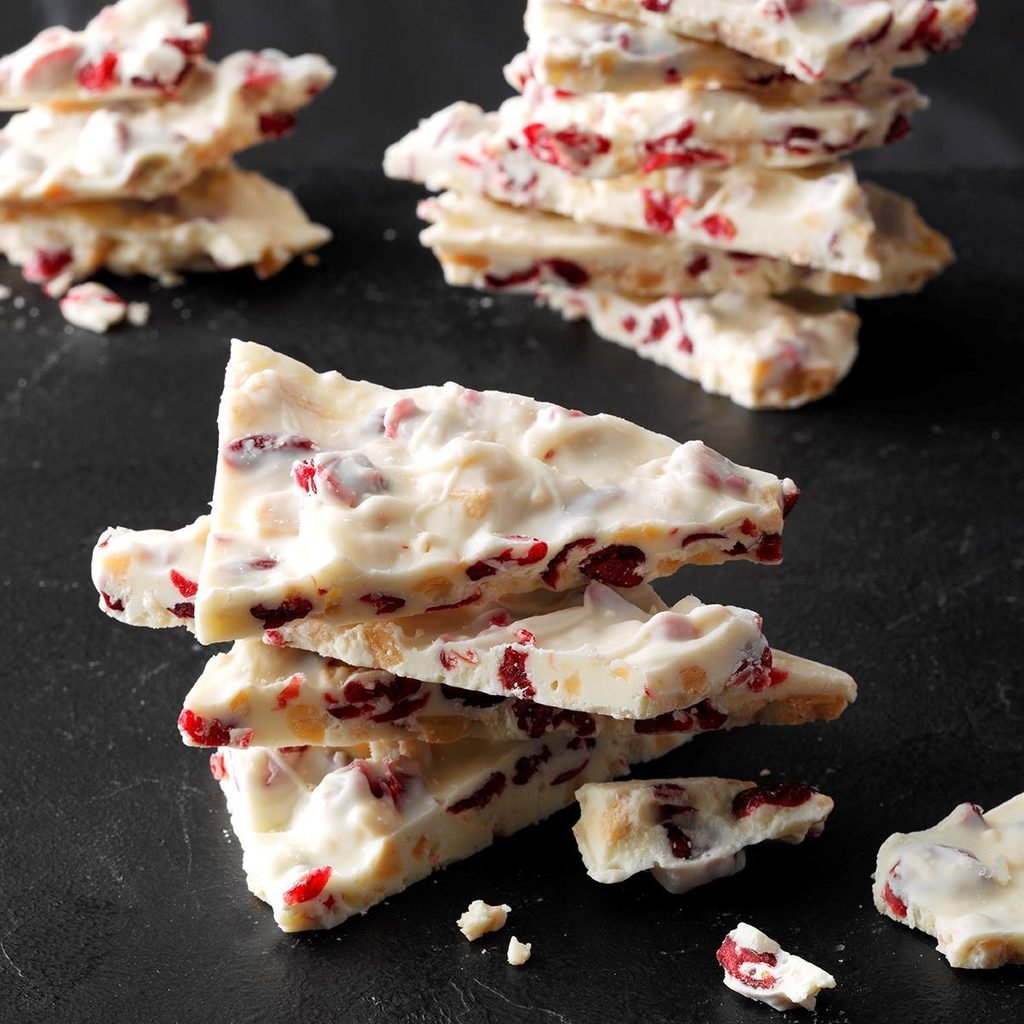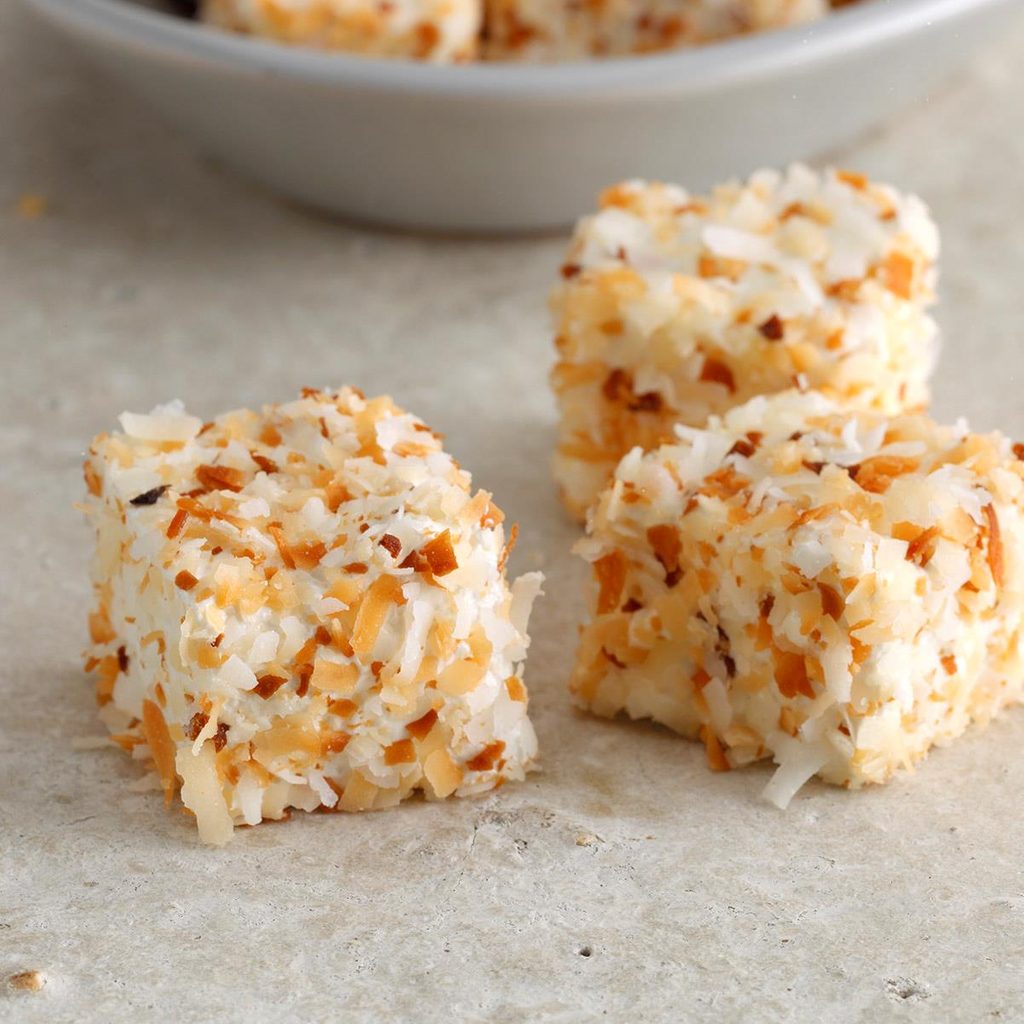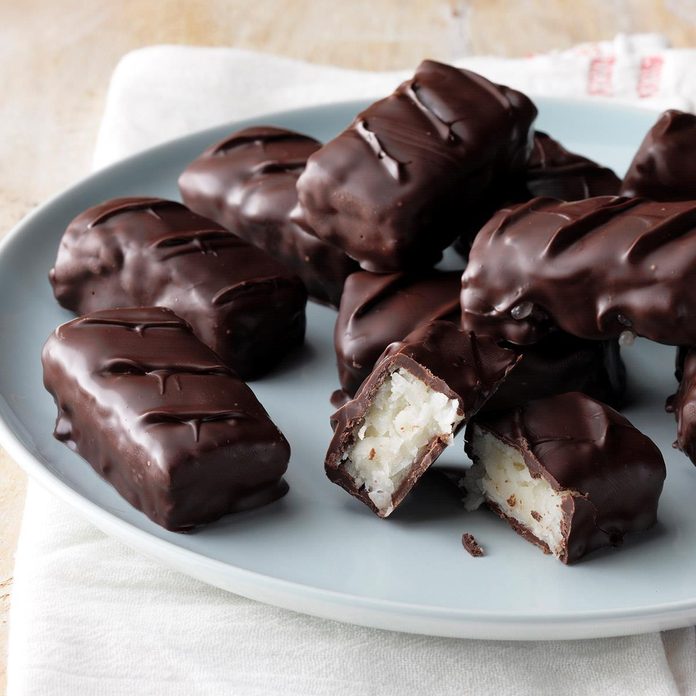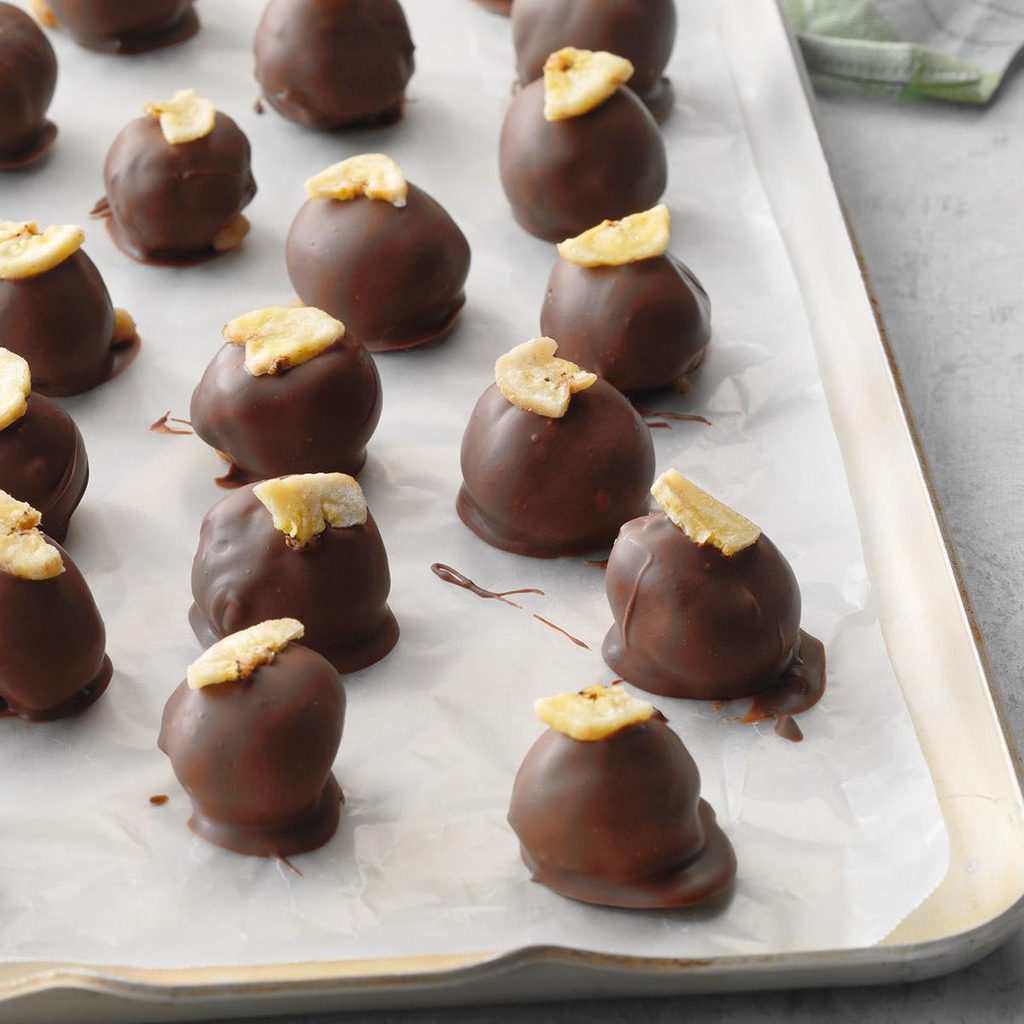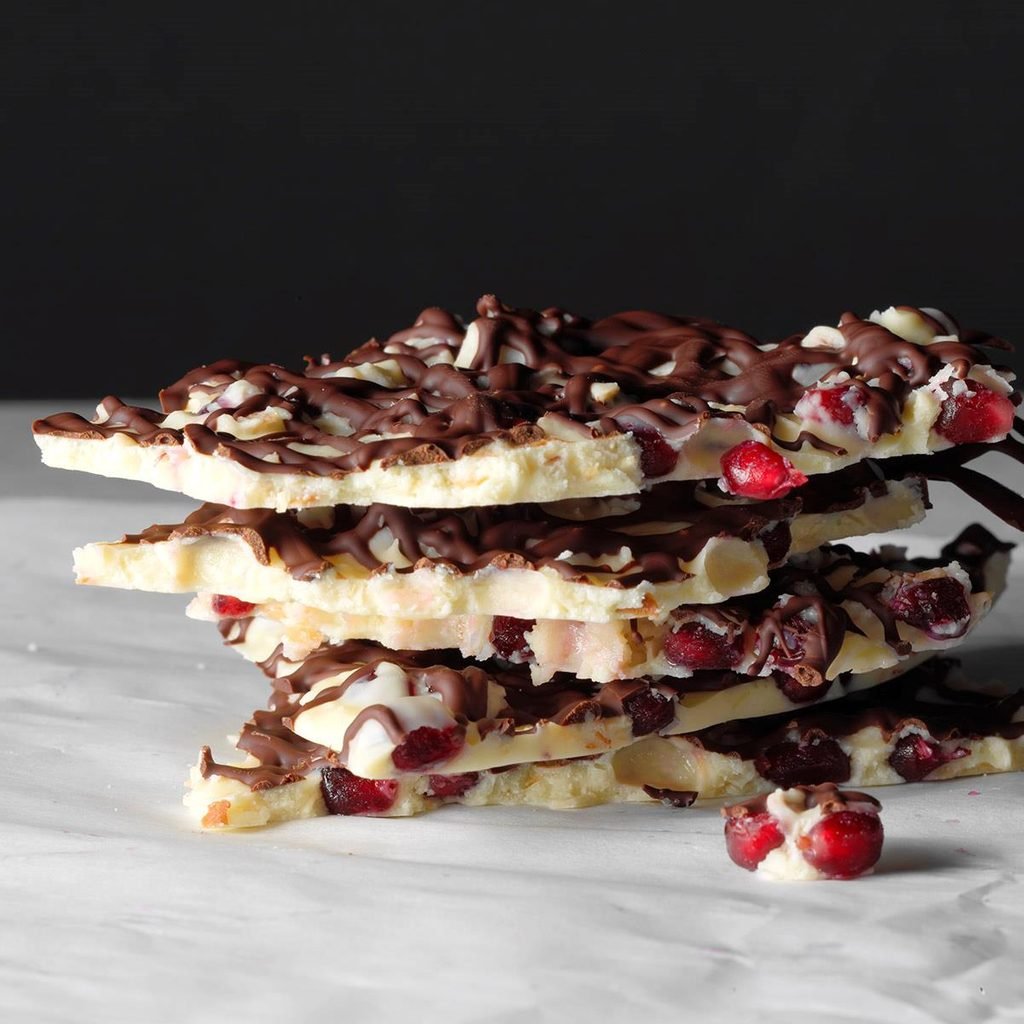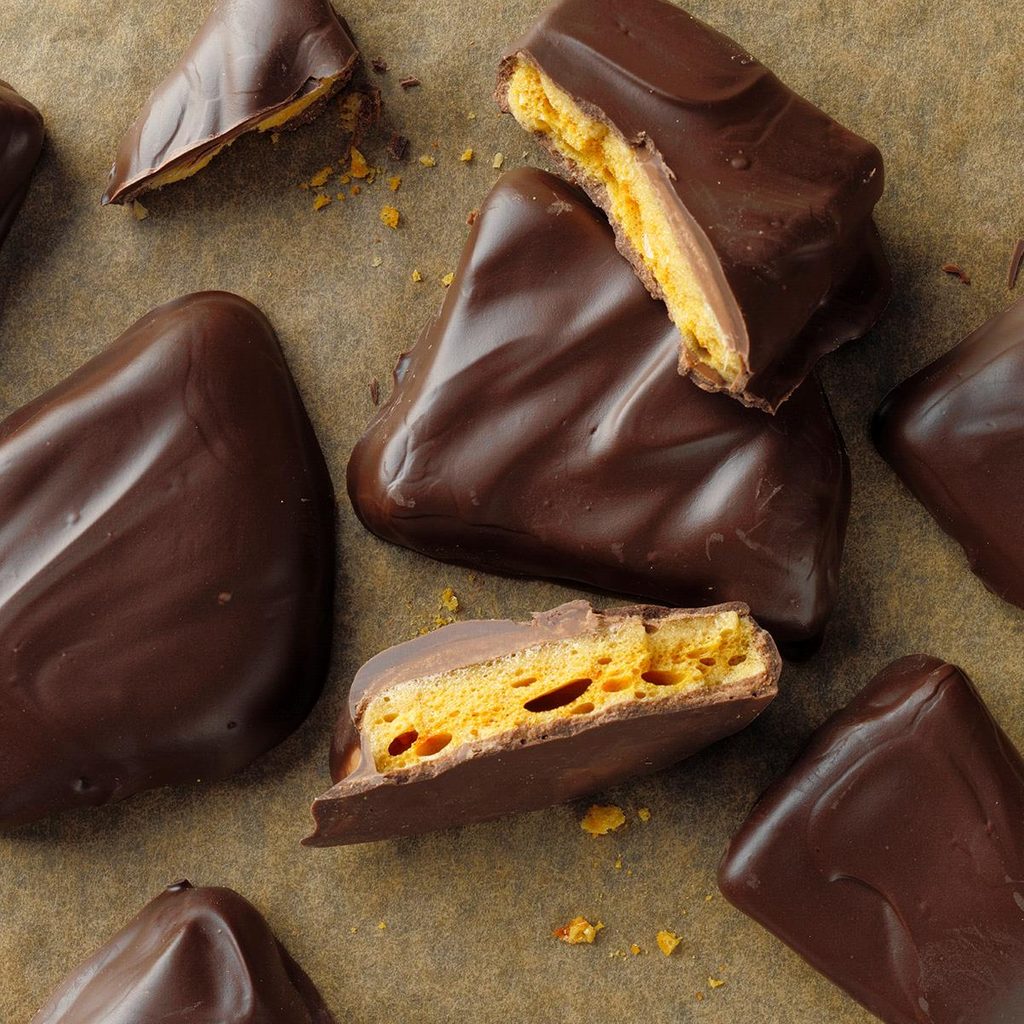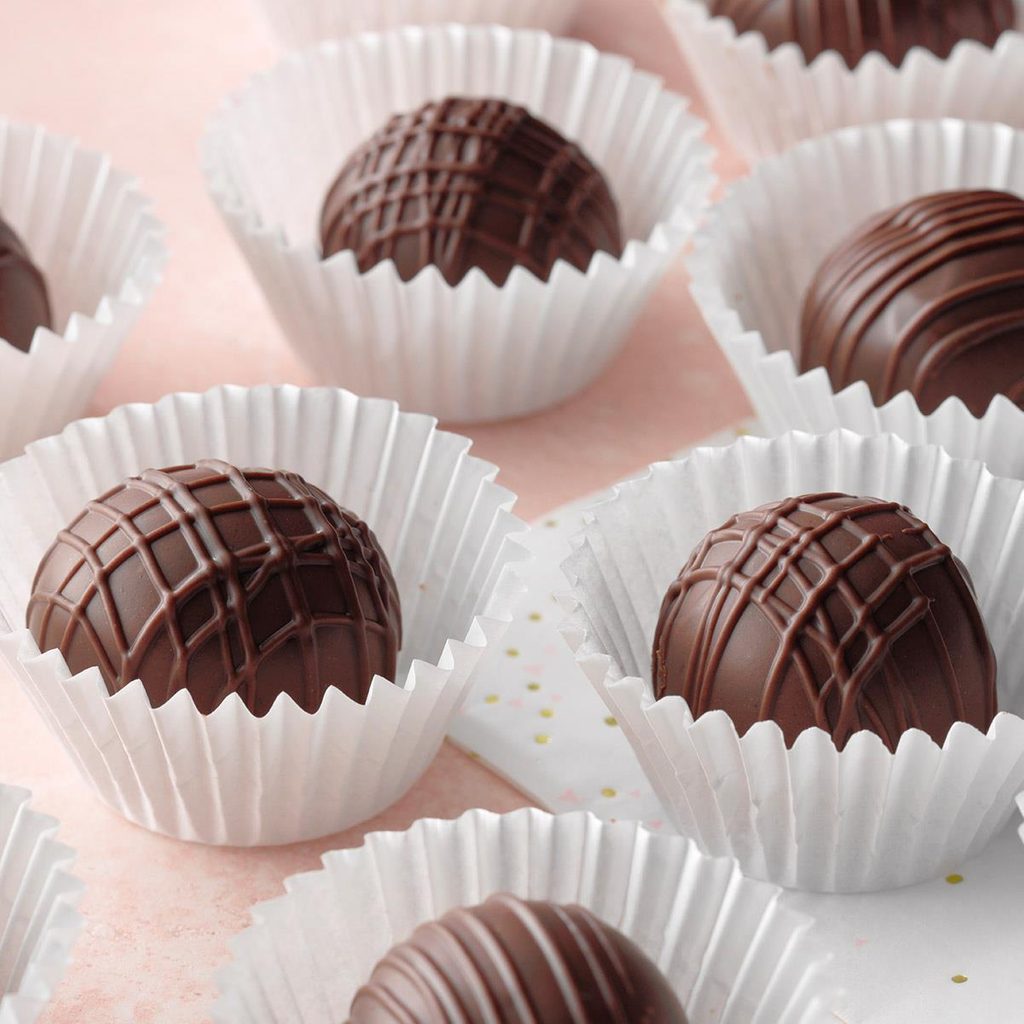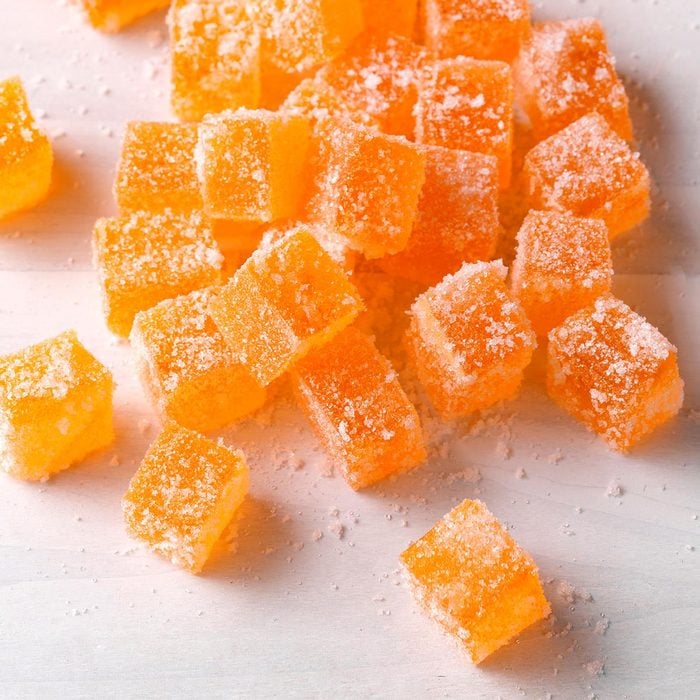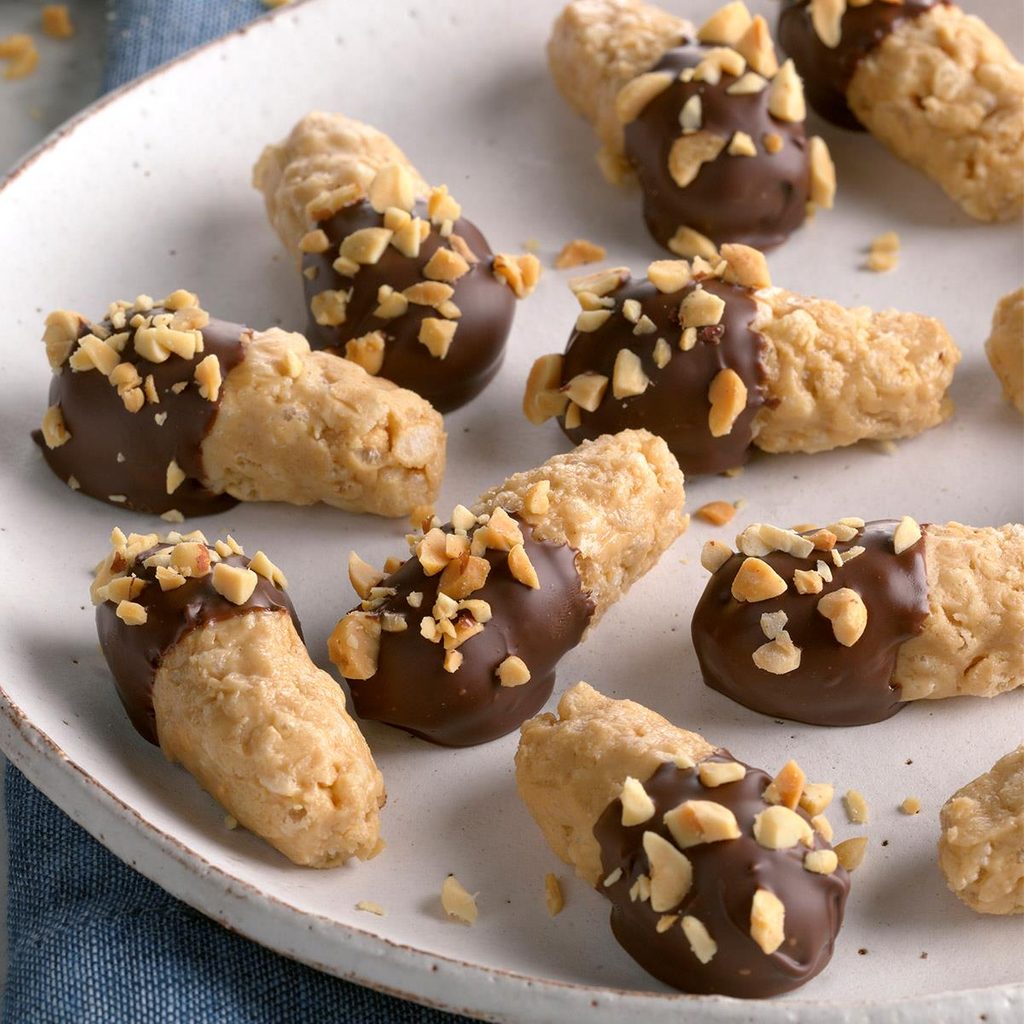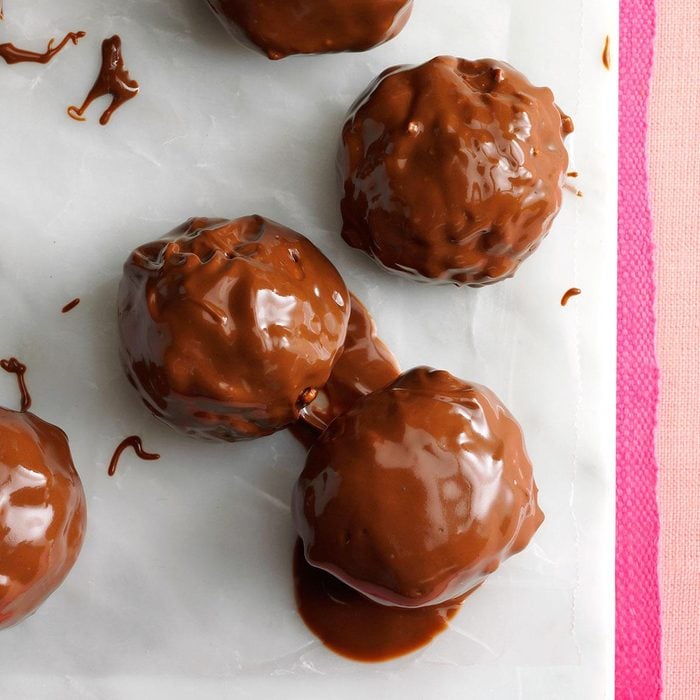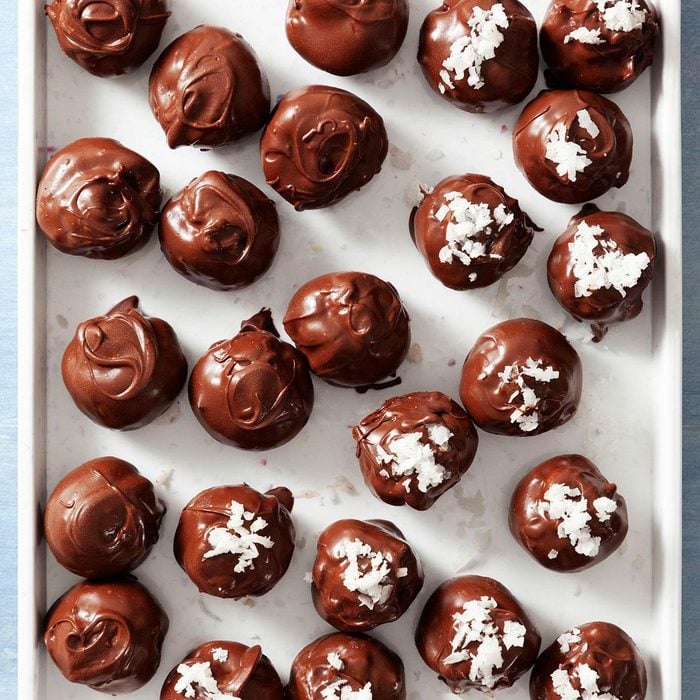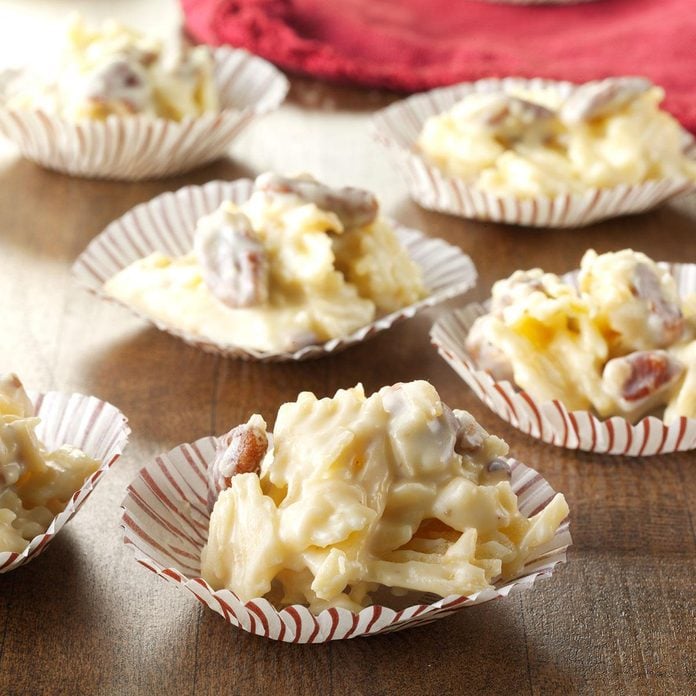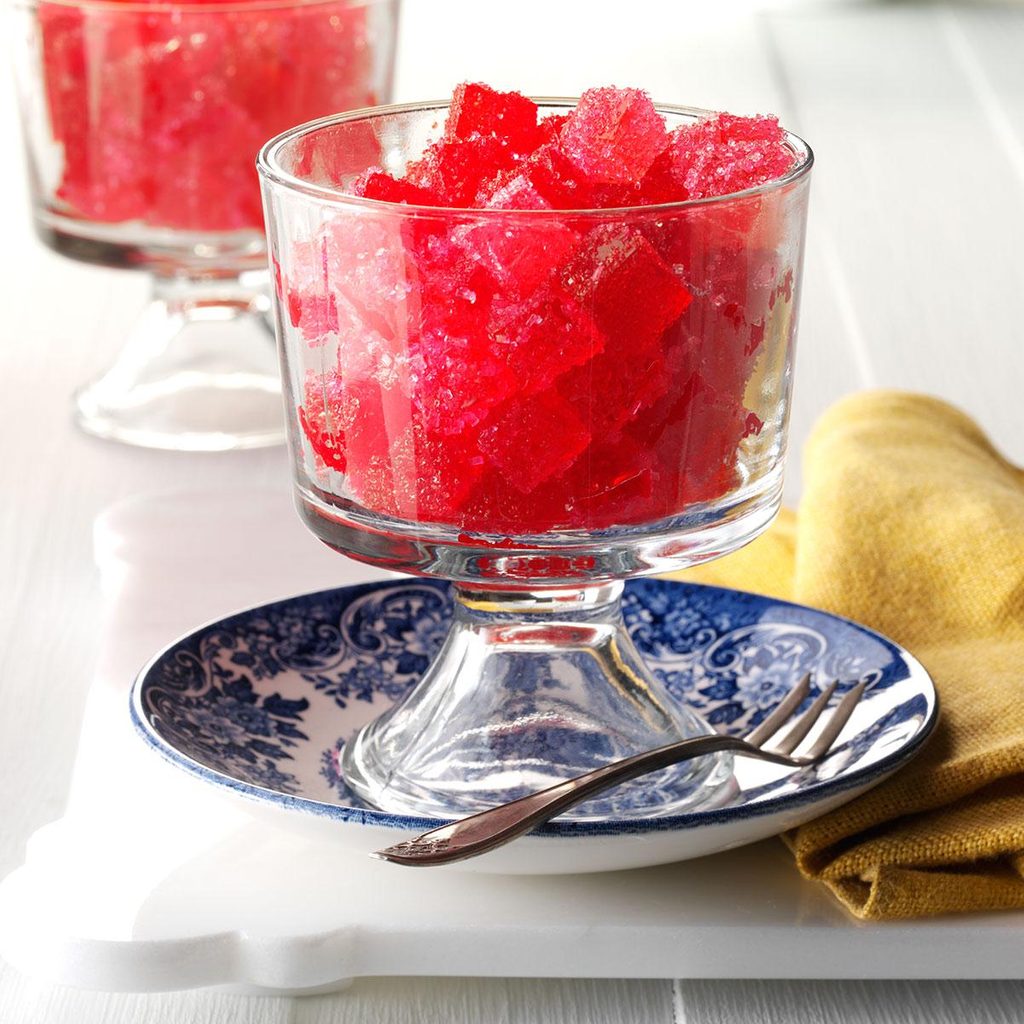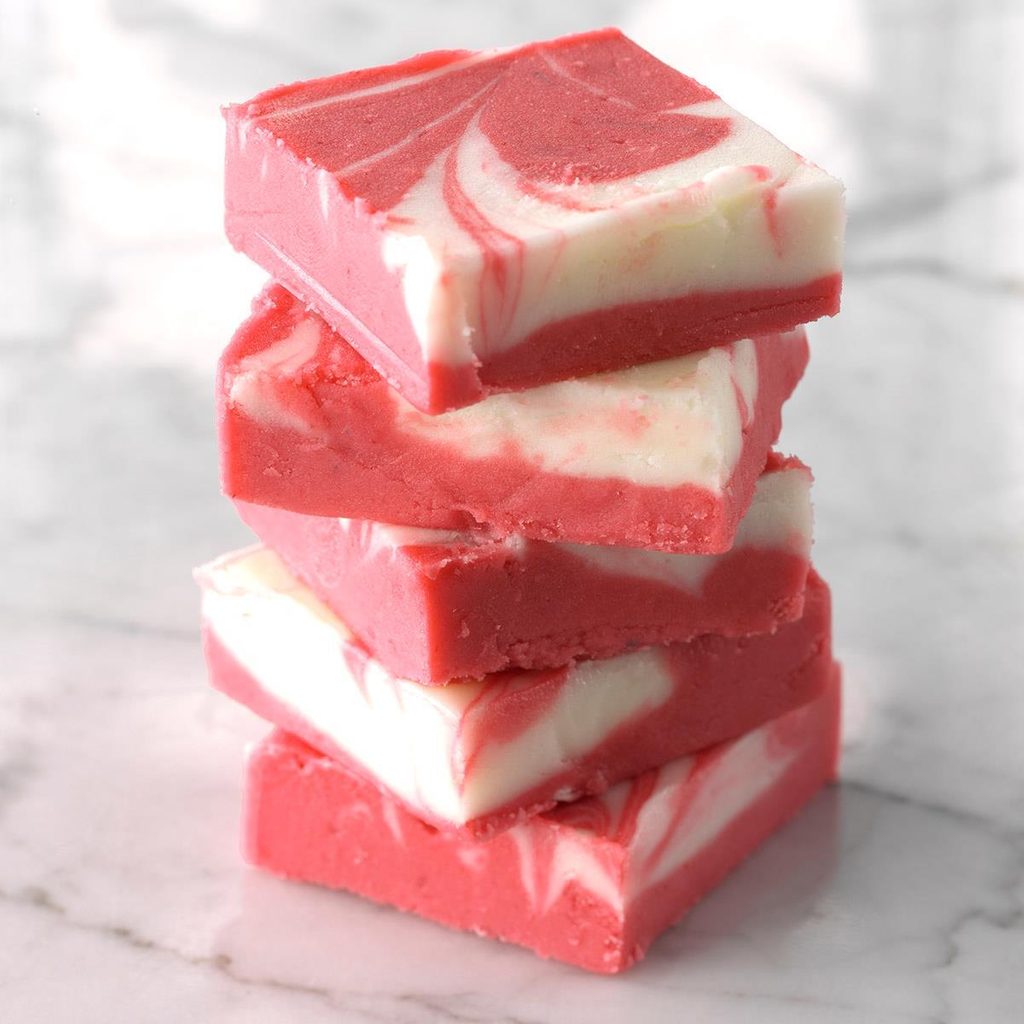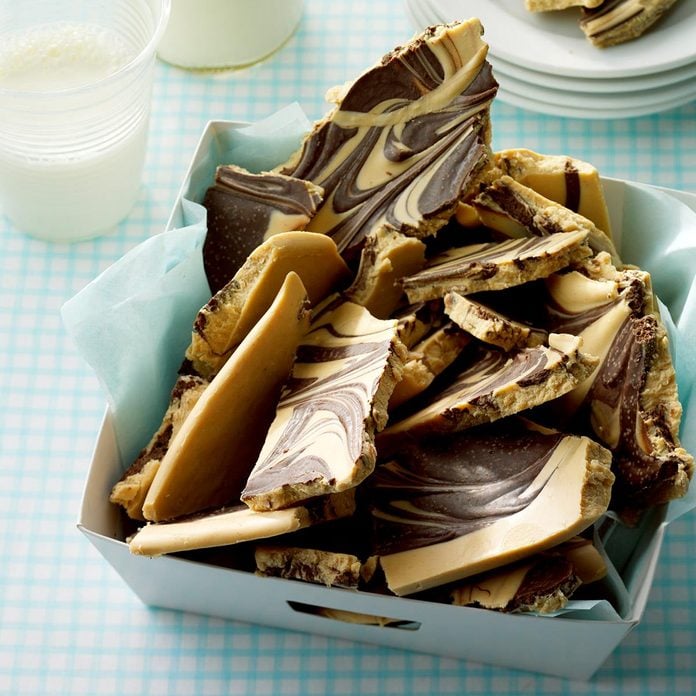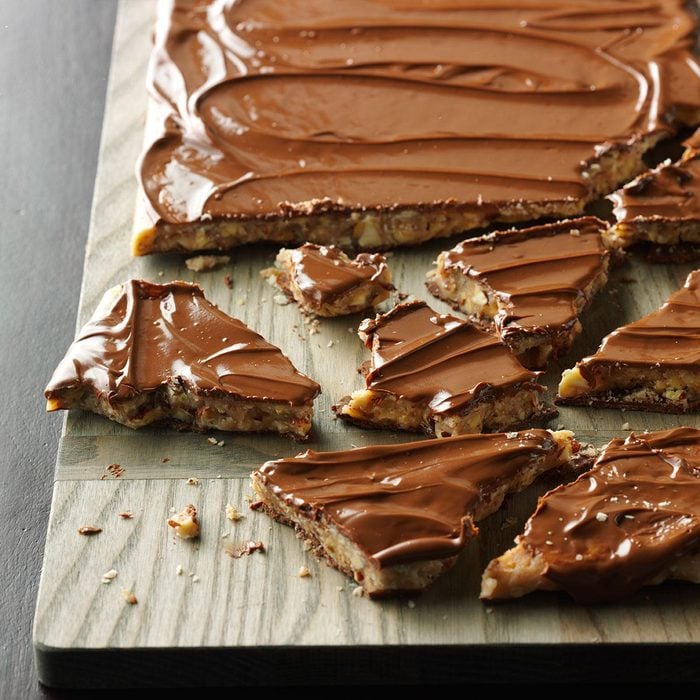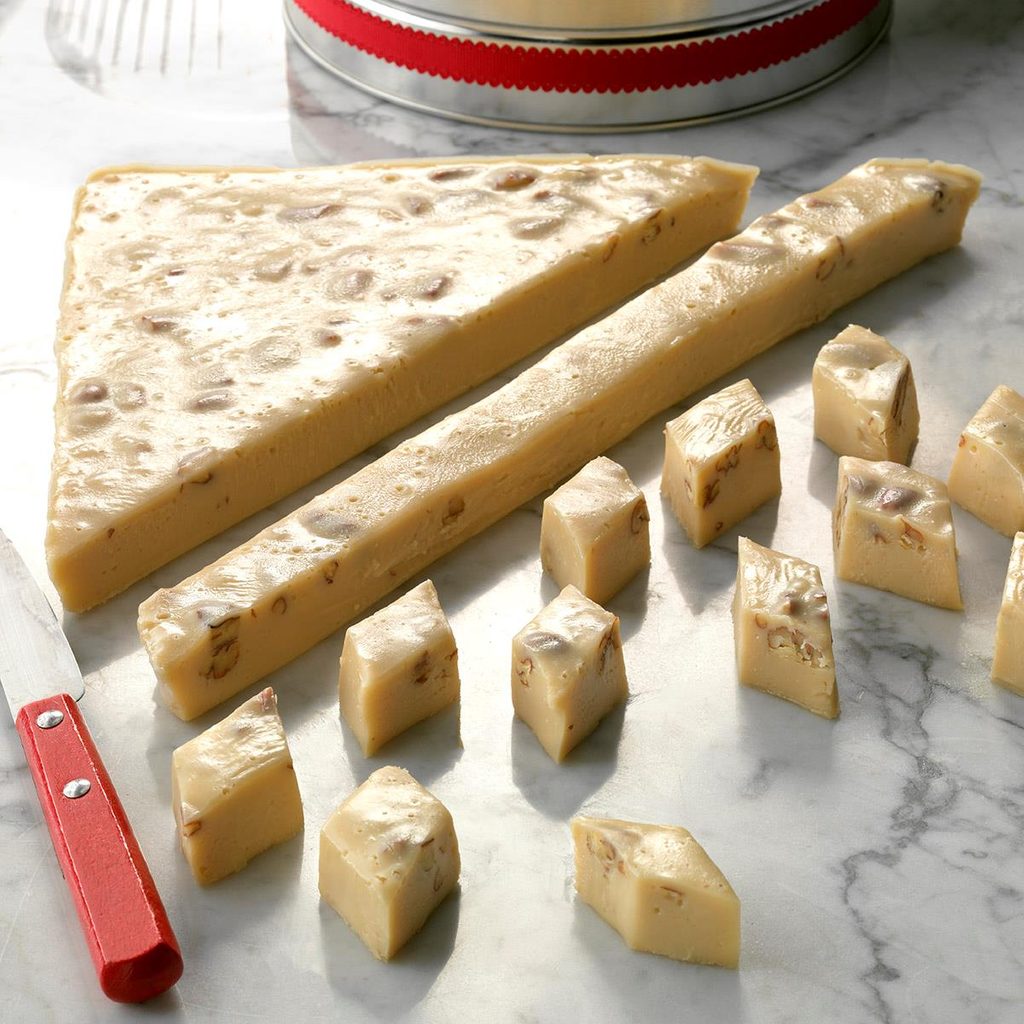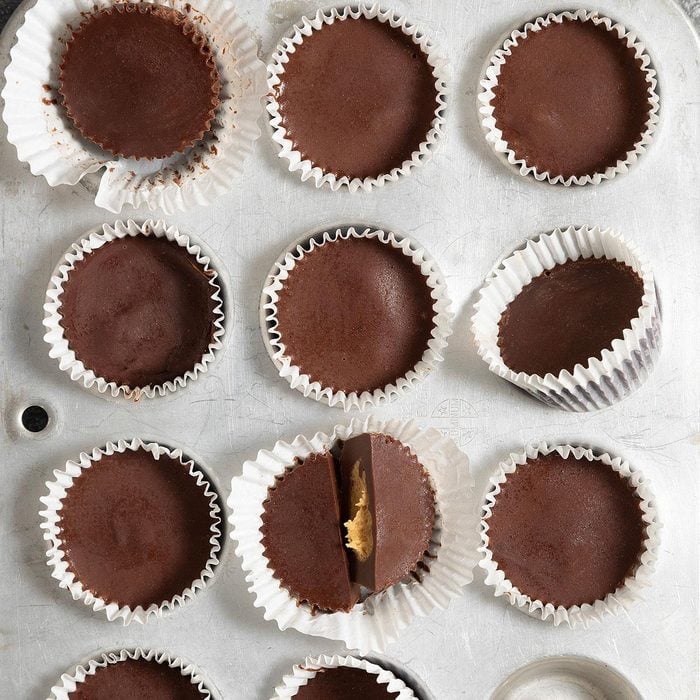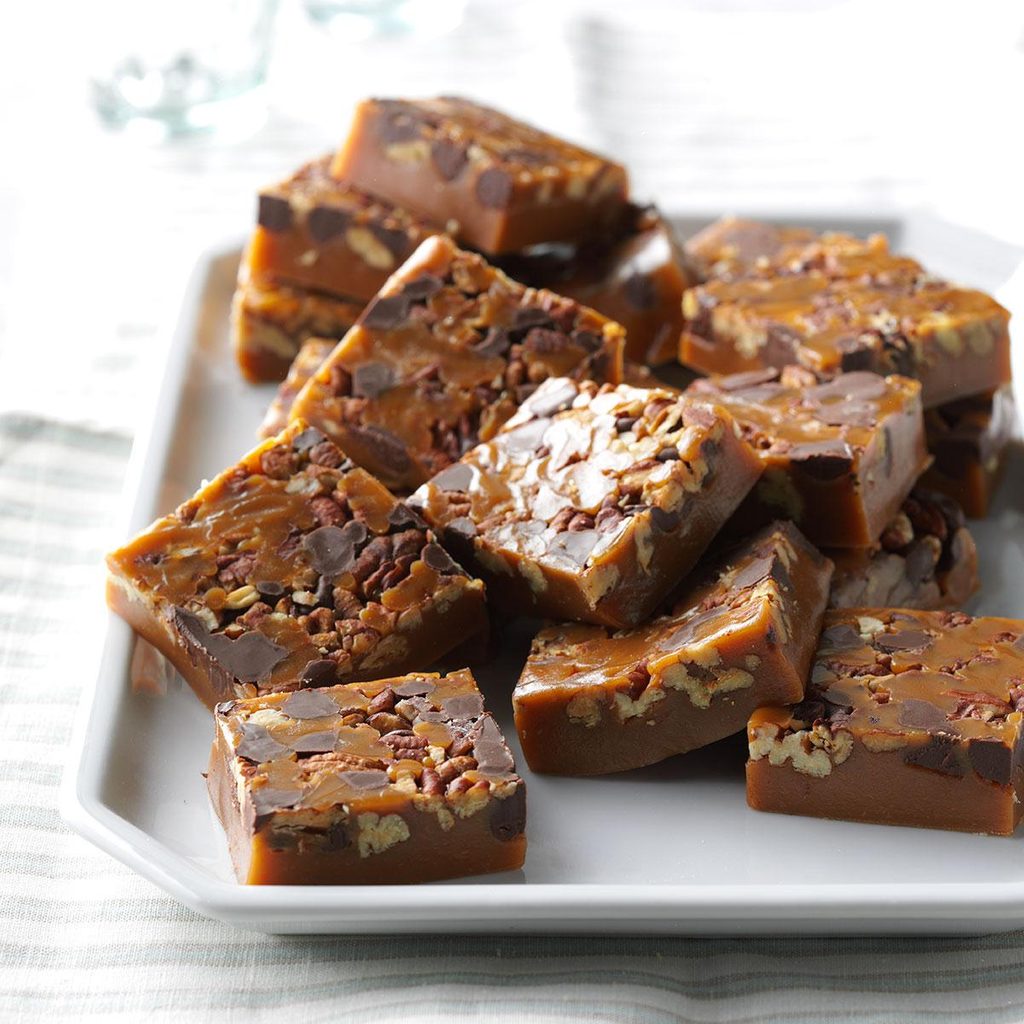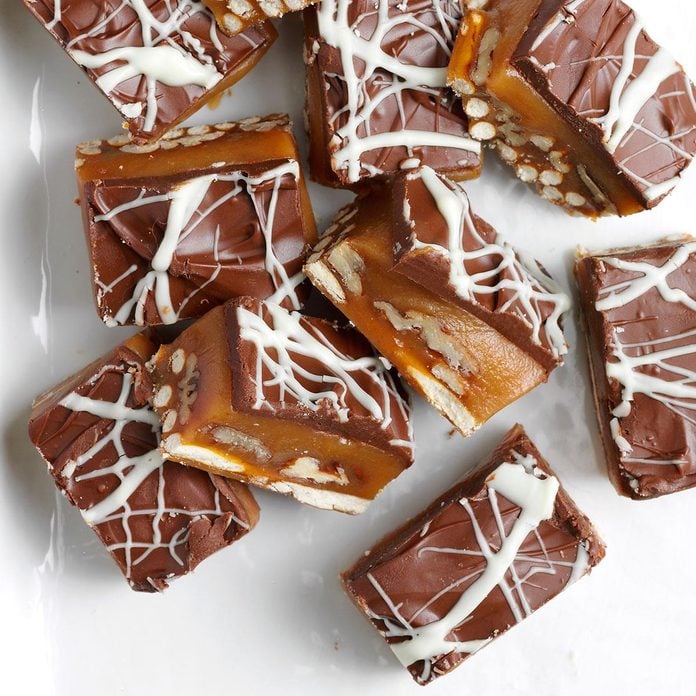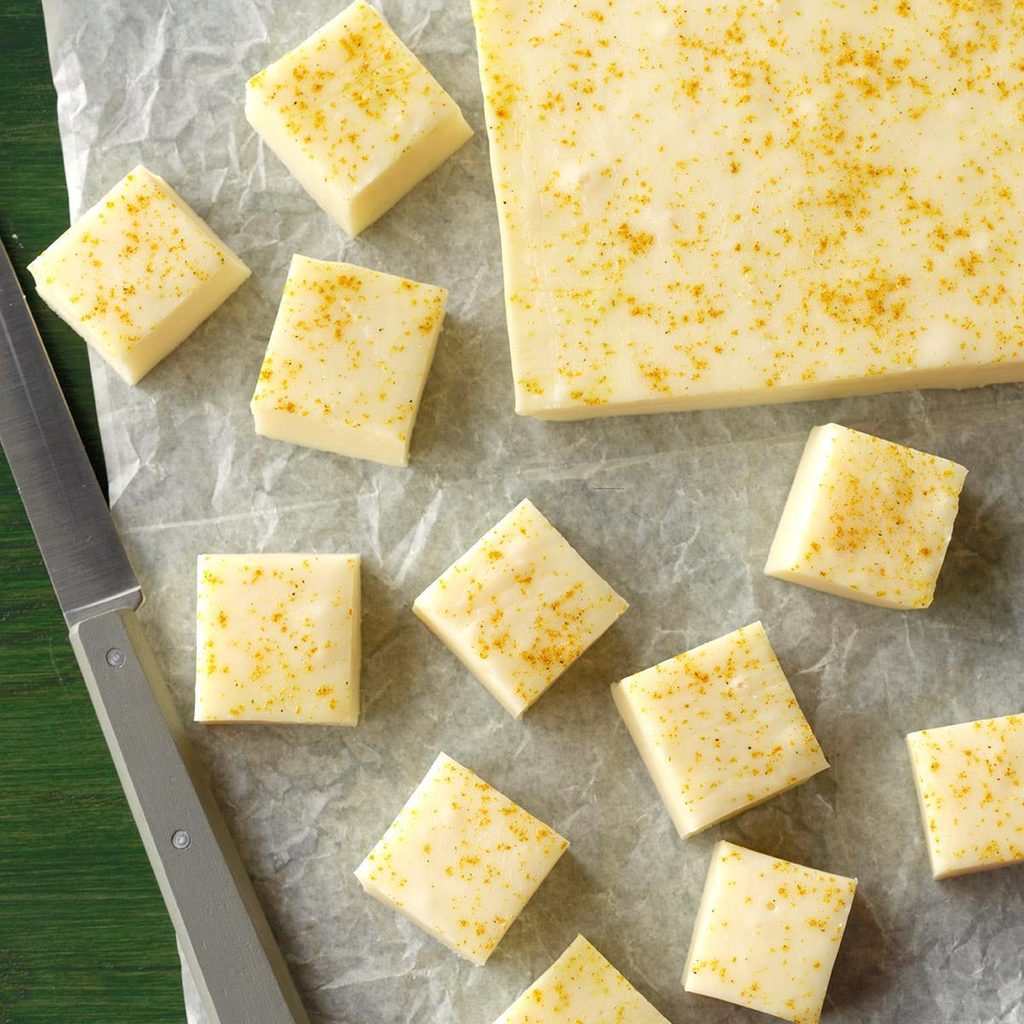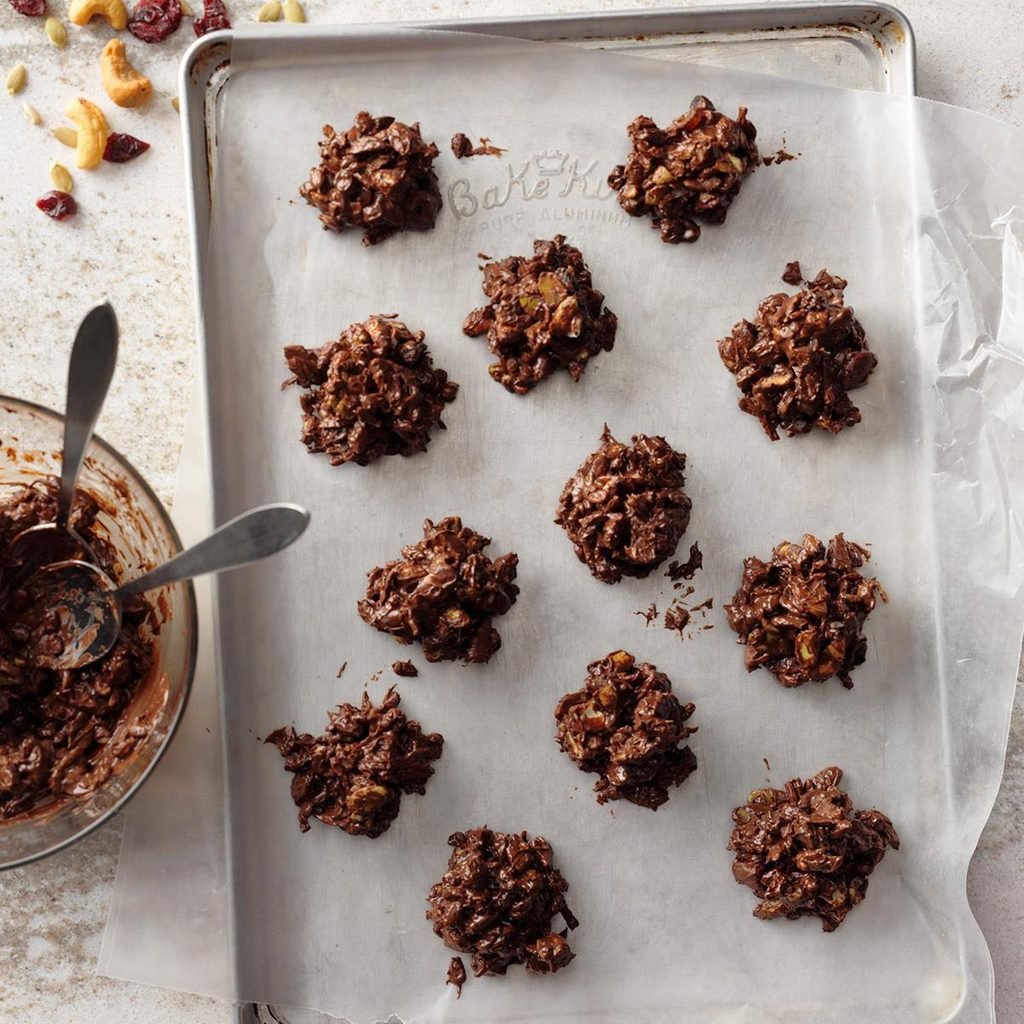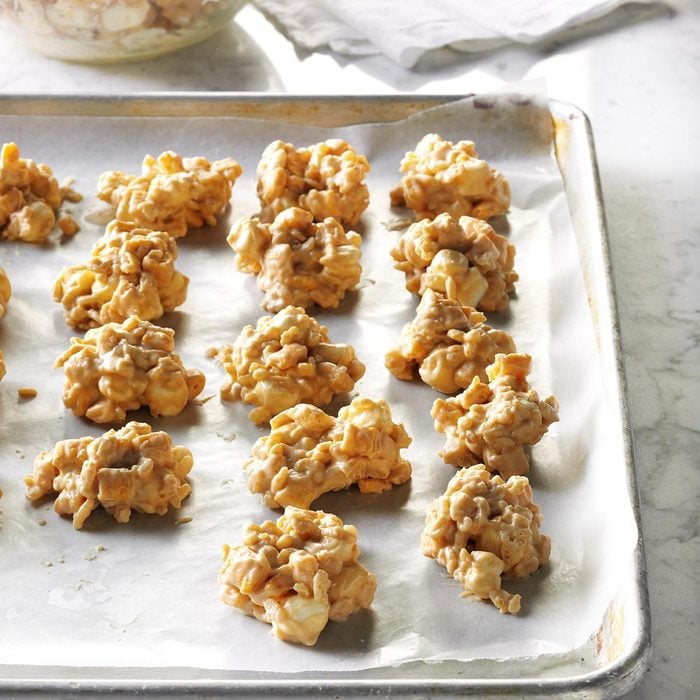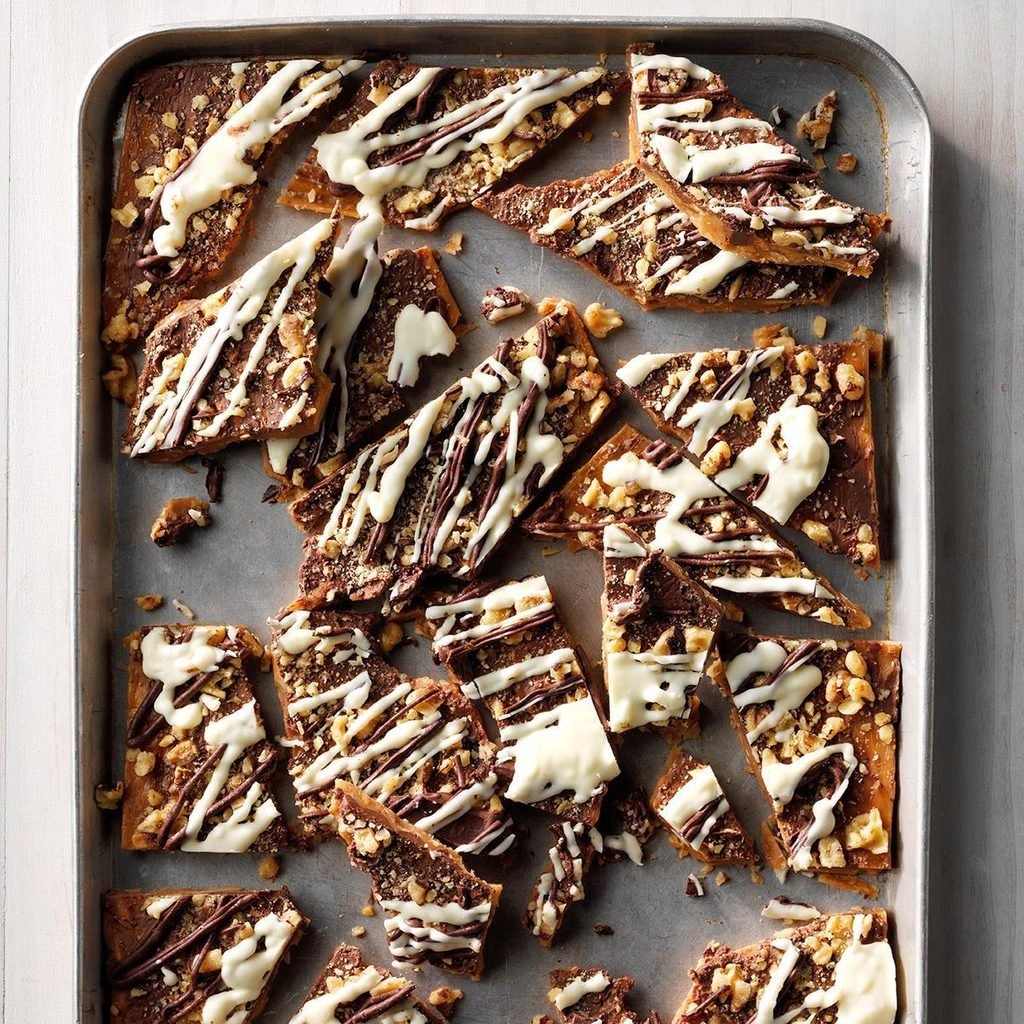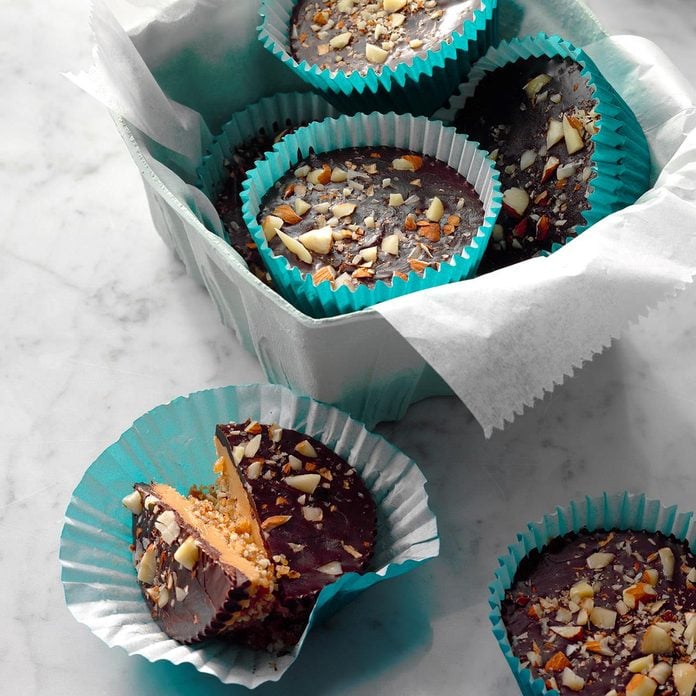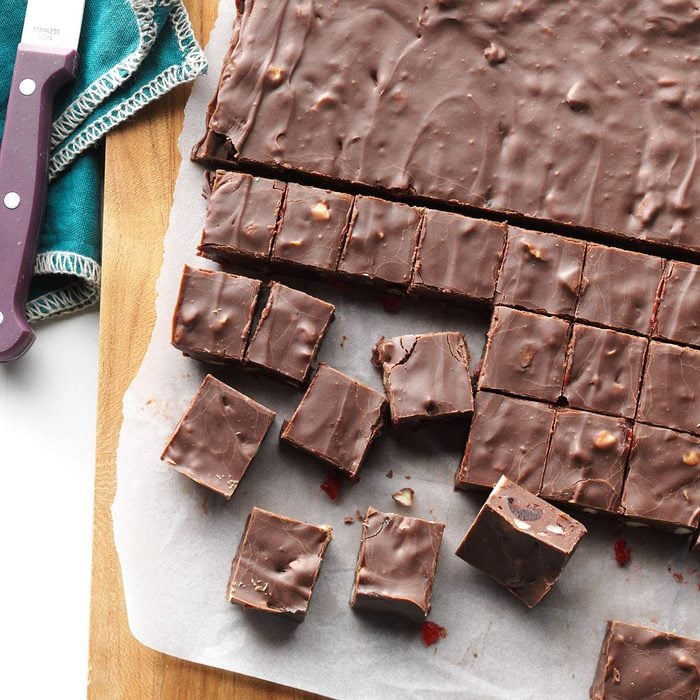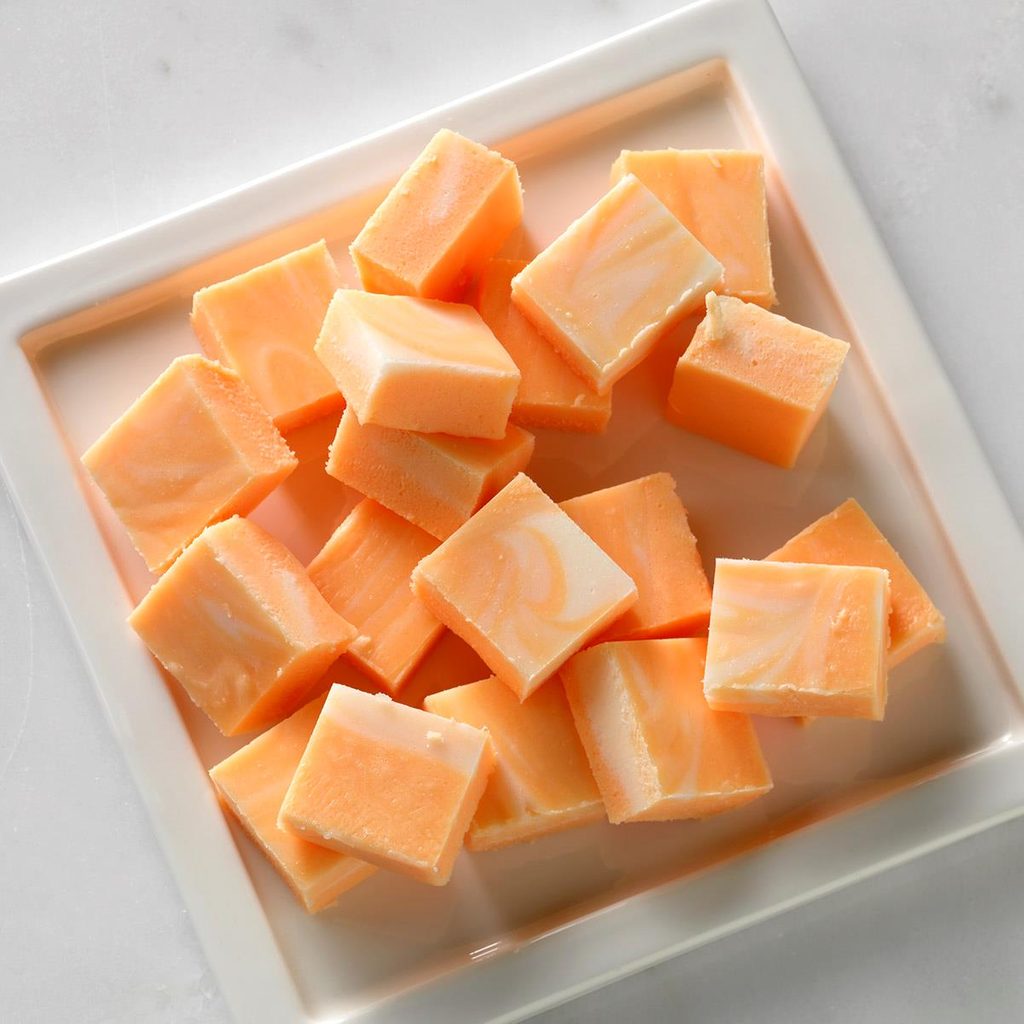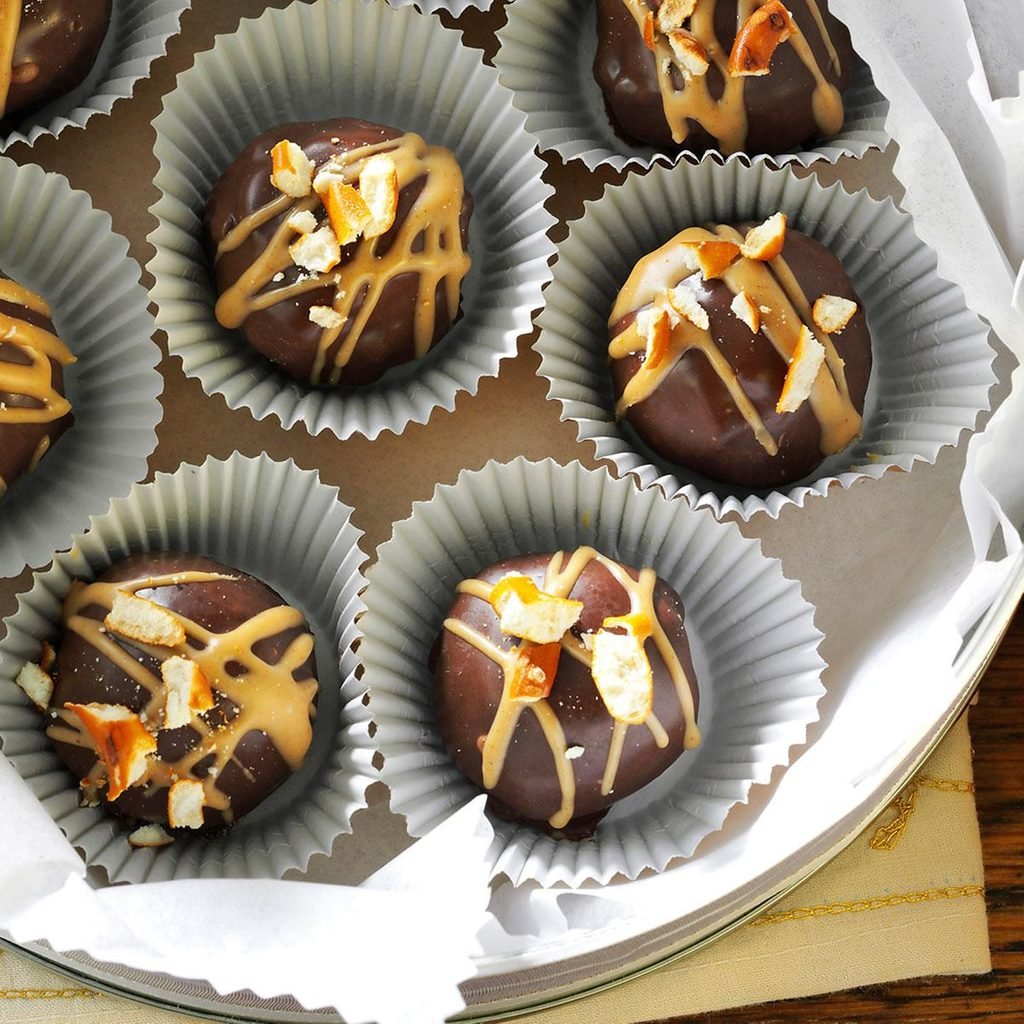04, 2024
Learn how to make candy at home!
This guide includes the recipes, techniques andtoolsyou’ll need to get started.
Our editors and experts handpick every product we feature.

We may earn a commission from your purchases.Learn more.
(Heres thedifference between fudge and ganache.)
you’re free to also add mix-ins like nuts, crushed cookies or sprinkles.

Finally, youll let the fudge cool and set before slicing and serving.
Test Kitchen tip: Avoid commonfudge mistakeslike under- or overcooking the sugar, or overbeating the fudge batter.
Once youre done, hereshow to store fudge.

Somechocolate truffle recipescall for sweetened condensed milk instead of cream.
When it comes to decorating chocolate truffles, get creative!
Once youre done, hereshow to store chocolate truffles.

Youll also want to avoid these commoncaramel-making mistakes.
Once youre finished, hereshow to store caramel.
Beyond these, some candy is seasonalfor inspiration, check out ourChristmas candy recipesandHalloween candy recipes.

Also, make your holidays extra merry with theseChristmas candy recipes.
Heres more on thedifference between caramel, butterscotch and toffee.
Start with aQuick & Easy Gumdropsrecipe or branch out and tryMulled Wine Jelly Candies.

Hard Candy
Fromrock candyand lollipops tocinnamon and peppermint hard candies, old-fashioned treats elicit childhood nostalgia.
For the most part, the ingredients are simple: sugar, water, flavoring and food coloring!
Toffee
Likecaramel, toffee is made by heating sugar until it browns.

We love classicbutter toffee, thisThree-Chip English Toffeeandtoffee bark made with saltine crackers.
Here are a few supplies that may come in handy.
High humidity can affect the texture of confections like soft caramels, peanut brittle and hard candy.

For best results, test your thermometers accuracy before each use.
To do so, place it in a saucepan of boiling water; it should read 212F.
If it doesnt, adjust your recipe temperature based on the results of the test.

Read the thermometer at eye level.
To avoid breaking it, let the thermometer cool before washing it.
First, fill a small glass bowl with cold water.

Dip a metal spoon into the hot candy mixture and drop a small amount into the cold water.
Let the candy cool, then remove it from the water.
The candy will have a different consistency depending on its sugar stage.

Taste of HomeIn thread stage, candy will measure 230 to 233 on a thermometer.
Using the cold-water test, the mixture will fall off the spoon in a fine thread.
In soft-ball stage, candy will measure 234 to 240 on a thermometer.

In firm-ball stage, candy will measure 244 to 248 on a thermometer.
It will form a ball in cold water and hold its shape when you remove it from the water.
In hard-ball stage, candy will measure 250 to 266 on a thermometer.

In soft-crack stage, candy will measure 270 to 290 on a thermometer.
The candy will form threads when it touches cold water.
When you remove it from the water, it will bend easily and pull apart cleanly.

In hard-crack stage, candy will measure 300 to 310 on a thermometer.
How to Melt and Temper Chocolate
Many candy recipes require melted chocolate.
Whichever method you choose, proceed carefully because chocolate scorches easily.

If this happens, stir in 1 tablespoon of vegetable oil for every 6 ounces of chocolate.
However, if chocolate seizes due to excessive heat, you unfortunately cant save it.
Try these othercreative wrapping ideasfor homemade candy and other food gifts!

We recommend our users to update the surfing app.


























